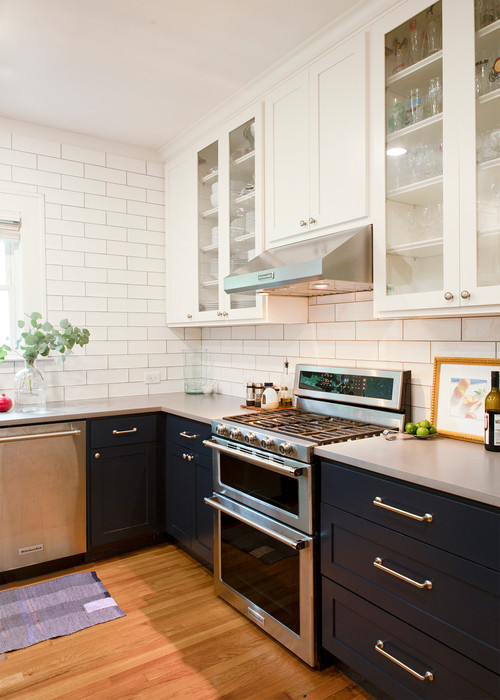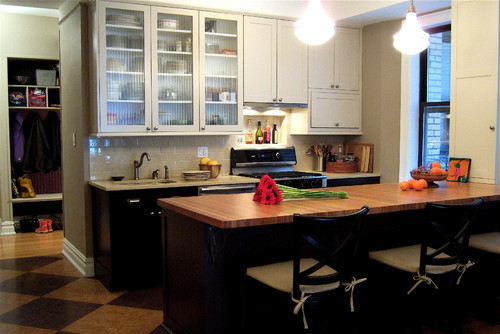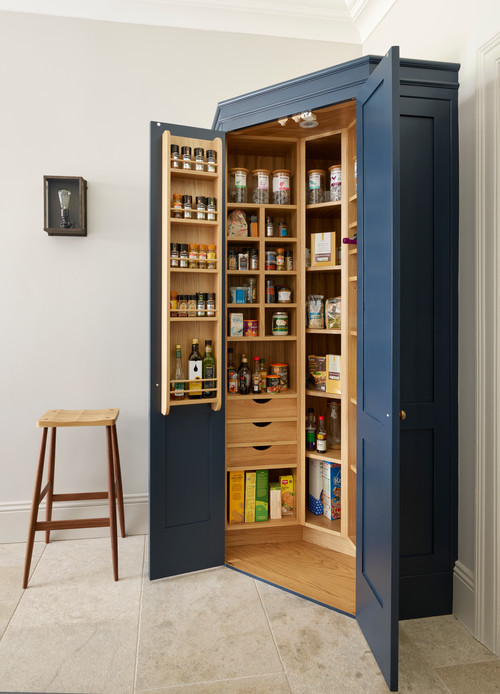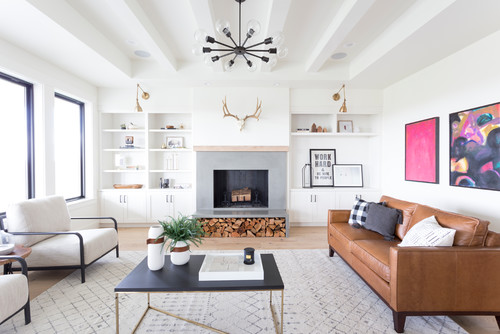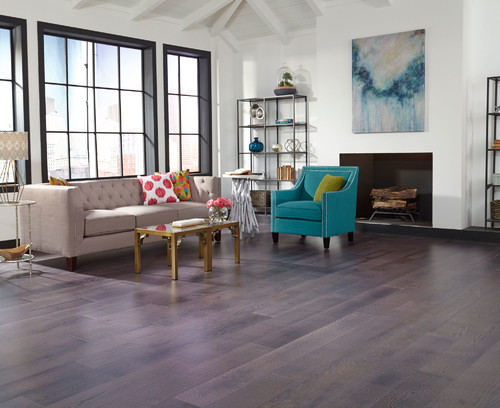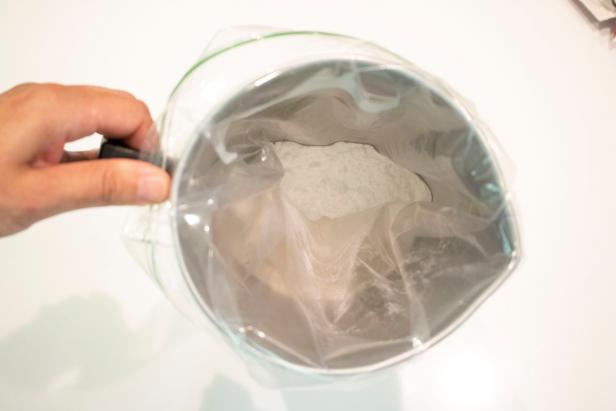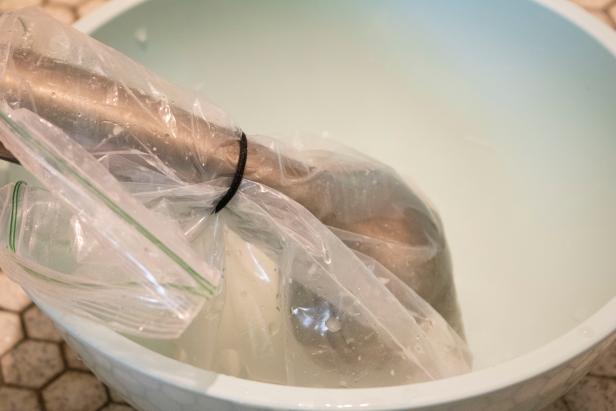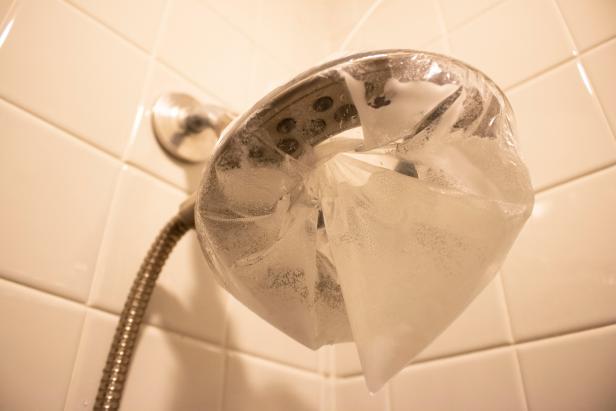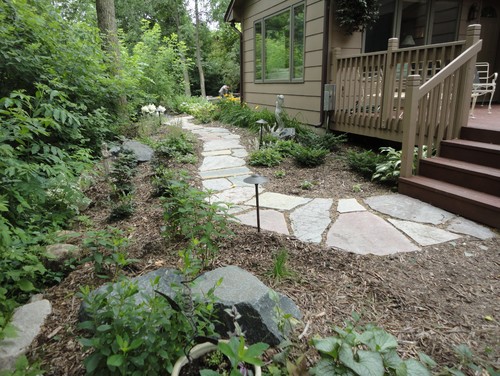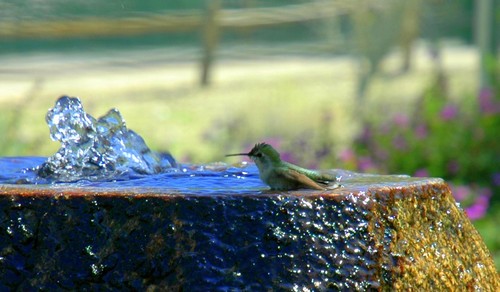Fresh paint and new hardware are perfectly fine kitchen cabinet upgrades. But when you want to rehab your cook space, there are plenty of design considerations beyond variations on beige paint samples or the shape of drawer pulls.
“The best design in any room incorporates how the space is going to be used,” says Karen Gray-Plaisted of Design Solutions KGP.
Follow this line of thinking to your kitchen cabinets, and then ask yourself whether you still need that dedicated drawer for sippy cups and melamine bowls—or if the spot might be better used for your current storage needs.
And when it comes to kitchen cabinet upgrades, don’t be swayed by every trend you spy on Instagram (we’re looking at you, open shelving!). Instead, be brave and try a new look with your kitchen storage that isn’t splashed all over the internet.
For some help in this endeavor, check out these seven design ideas to consider when you’re updating your kitchen cabinets.
1. Try two colors (instead of one)
Who says your cabinets have to be painted all the same shade? Don’t be afraid to use a two-tone color scheme, with a darker hue on the lower cabinets and a contrasting one above, say the pros.
“A deep green or blue paired with a lighter upper is a refreshing look,” says Gray-Plaisted.
2. Open up lower cabinets
Many people flock to open shelving, or they remove their upper cabinet doors to expose their box storage. But revealing the lower cabinets is just as effective and can create an airy feeling in your kitchen.
And if you’ve ever rummaged around in a dark lower cabinet for a Bundt pan or rice cooker, you’ll save time and stress on your back with easy-access bottom cabinets.
Create theme storage by dedicating certain areas to particular needs—think baking dishes and mixing bowls in one section and egg pans and small skillets in another. (This is helpful for open shelving as well as closed cabinets!)
3. Reconsider your storage needs
Tastes change over time—and kids grow up and move away. Left in their wake may be storage and other cabinet solutions that don’t make sense anymore.
“Cubbies for wine or certain appliances may not be needed, so consider how you want to live right now and going forward,” says Marty Basher, an organization professional at Modular Closets.
For example, that roll-up, garage door–style cabinet for the standing mixer you’ve stopped using could be replaced with a tricked-out spot for a cappuccino maker. Or the messy dog food bags that live under the sink could finally be stored properly in a pet-feeding station.
4. Skip paint—and add veneer
To rehab kitchen cabinets, you don’t always have to slap on new paint. You might sand and stain these areas instead. Or you could update the wood in a whole other way with new veneer.
“Veneer comes in lots of colors and styles, and it’s actually something you can DIY,” says Basher.
And even if you don’t want to completely cover your cabinets with veneer, you could use it as accent trim, he adds.
5. Pick interesting glass
Ho-hum glass-front cabinets again. Or are they? Look closer, and you’ll notice that these kitchen boxes don’t hew to the same style you see in everyone’s house. Check out the different options for this look, including fluted, wavy, or frosted panels, says Gray-Plaisted.
Bonus: With glass that obscures the insides of your cabinets, you won’t have to work as hard to stack and arrange your cups and bowls every time you empty the dishwasher.
6. Try chicken wire, cork, or chalkboard cabinet faces
Photo by Case Design/Remodeling of Indianapolis
Glass isn’t the only choice when updating your kitchen cabinets. Chicken wire is an unexpected surprise on the fronts as it offers a glimpse of your pretty plates as well as infusing the whole room with a farmhouse vibe.
Or go for cork or chalkboard as inserts on cabinet faces. With handy surfaces like these, you can pin up notices, announce the evening’s dinner menu, or make a to-do list.
7. Consider stand-alone storage
Sometimes upgrading your kitchen cabinets means adding a separate piece of furniture. A free-standing pantry or larder is an ideal solution for a corner space, whether you buy one just for this purpose or rehab an old china chest or curio cabinet. And if you choose the two-tone theme mentioned previously, you might continue it by painting this item one shade on the outside and a brighter, more exciting hue within.

